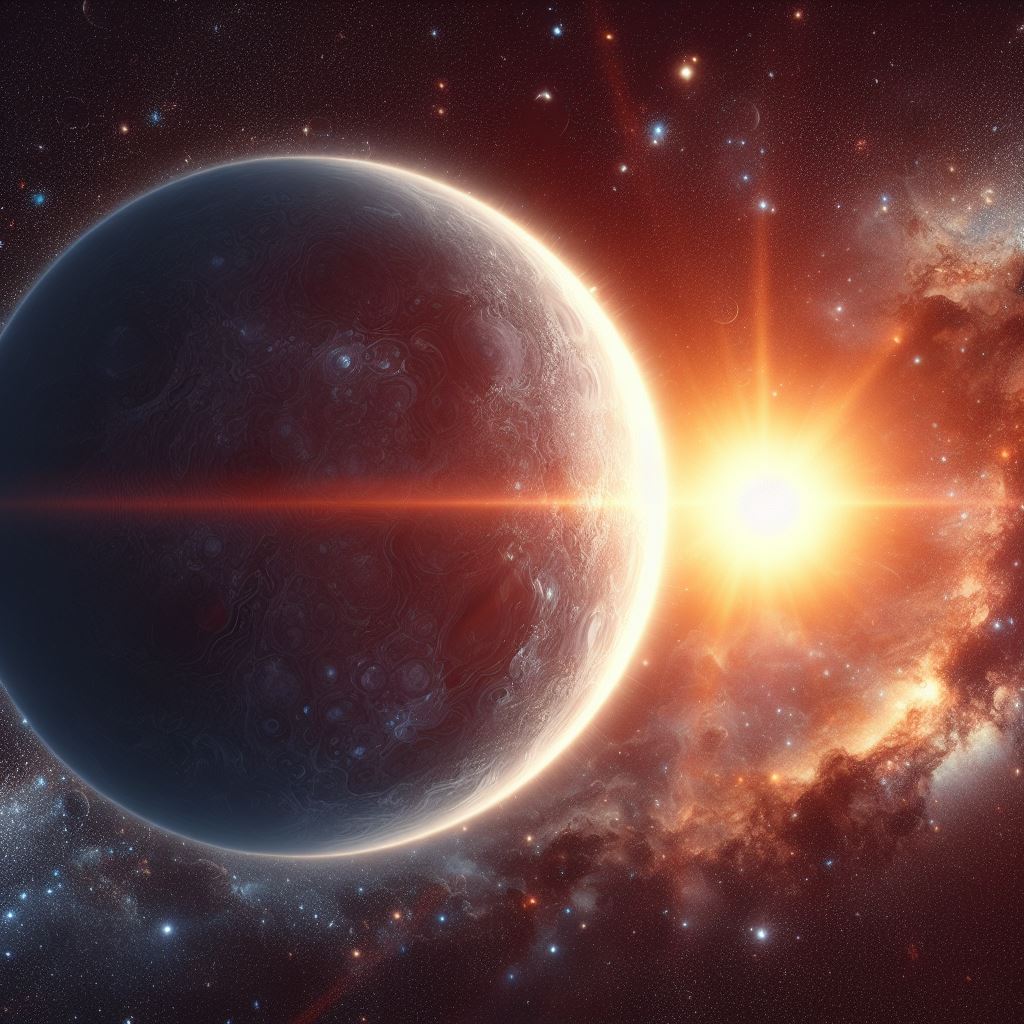
UY Scuti: Unraveling the Secrets of the Universe's Largest Star
Introduction
The vastness of our universe conceals secrets that astrophysicists and astronomers have long endeavored to uncover. Among the celestial bodies that have sparked human curiosity are the stars. Not just any star, but the largest ones. UY Scuti, an emblem of the universe's vastness, stands out in this quest. This article, aimed at the general public, university students, and astronomy enthusiasts, dives deep into the mesmerizing world of UY Scuti, exploring its size, its comparison with our sun, and the intricate science that explains its colossal presence.
Stellar Size: More Than Just Big
Understanding Stellar Size Measuring a star's size, especially in the context of the universe's expanse, requires a standardized unit. That unit is the 'solar radius', denoted as the size of our own sun. To put things into perspective, one solar radius equals approximately 696,340 kilometers.
UY Scuti: The Astronomical Behemoth
Location and Characteristics Located in the Scutum constellation, UY Scuti is not just another star. As of the latest records in 2023, it's recognized as the largest known star by radius. Its sheer size surpasses even other stellar giants and astronomical behemoths. Its specifics are:
- Radius: About 1,700 times that of the sun
- Distance from Earth: Approximately 9,500 light-years
- Luminosity: Around 340,000 times that of our sun
Comparing Giants: UY Scuti Vs. The Sun
Size and Brightness One cannot comprehend UY Scuti's enormity without contrasting it with something familiar - our Sun. If the Sun's size equated to an average-sized house, UY Scuti would resemble a skyscraper. Moreover, while our Sun emits brightness that sustains life on Earth, UY Scuti's brightness is mind-boggling, outshining the Sun by hundreds of thousands of times.
Lifecycle The lifecycle of a star is dictated by its mass. Our Sun, halfway through its lifecycle, will eventually become a red giant, shedding its outer layers and leaving behind a white dwarf. UY Scuti, on the other hand, owing to its enormous mass, is destined for a more explosive demise - a supernova.
The Birth of a Giant: Formation of Supergiant Stars
Stellar evolution of massive stars is a fascinating journey. Stars like UY Scuti commence life in nebulae - vast clouds of gas and dust. Their colossal mass means they have an abundance of fuel, but they burn through it at a frenetic pace. As they exhaust their hydrogen, they expand, becoming supergiant stars. The core contracts and heats up, igniting heavier elements. This process continues until they run out of fuel, leading to a cataclysmic end.
Other Notable Celestial Supergiants
- VY Canis Majoris: Once considered the largest star, it remains one of the most luminous.
- Betelgeuse: Located in Orion, it's a star that's predicted to explode as a supernova in the next 100,000 years.
- Westerlund 1-26: A red supergiant in the Westerlund 1 super star cluster, its radius is over 1,500 times that of the sun.
Gazing into the Future: What Awaits?
The field of astronomy is a constant voyage of discovery. With advanced telescopes and evolving technology, newer celestial wonders may be found, perhaps even stars that dwarf UY Scuti.
Conclusion
Stars have always guided and mystified us. They are benchmarks of time, guiding posts for travelers, and subjects of wonder for poets and scientists alike. UY Scuti, as a representative of the universe's extremes, offers a glimpse into the vastness that awaits our understanding. Through our journey of discovery, we continuously expand the boundaries of our knowledge, ever eager to uncover the next great secret of our universe.
References
- Academic journals on stellar measurements and characteristics.
- Observational data from NASA, ESA, and other space agencies.
- Reports from renowned observatories and institutions focused on stellar evolution.




